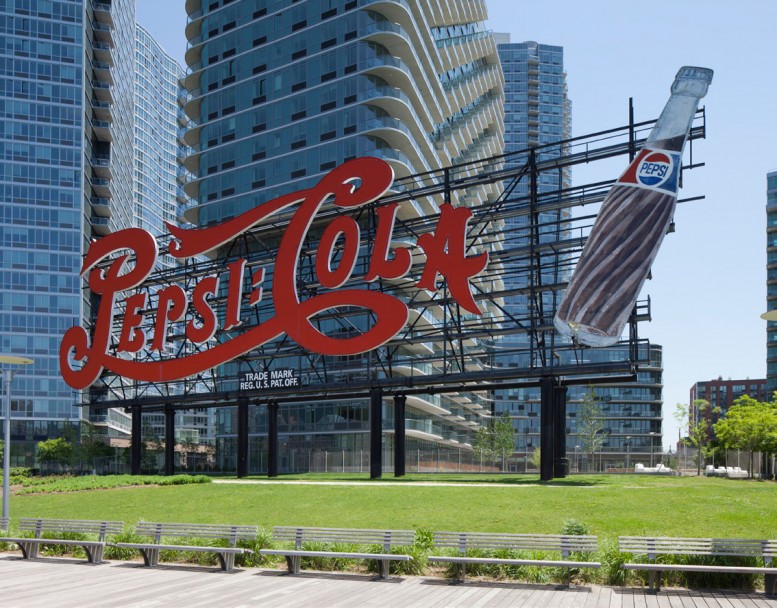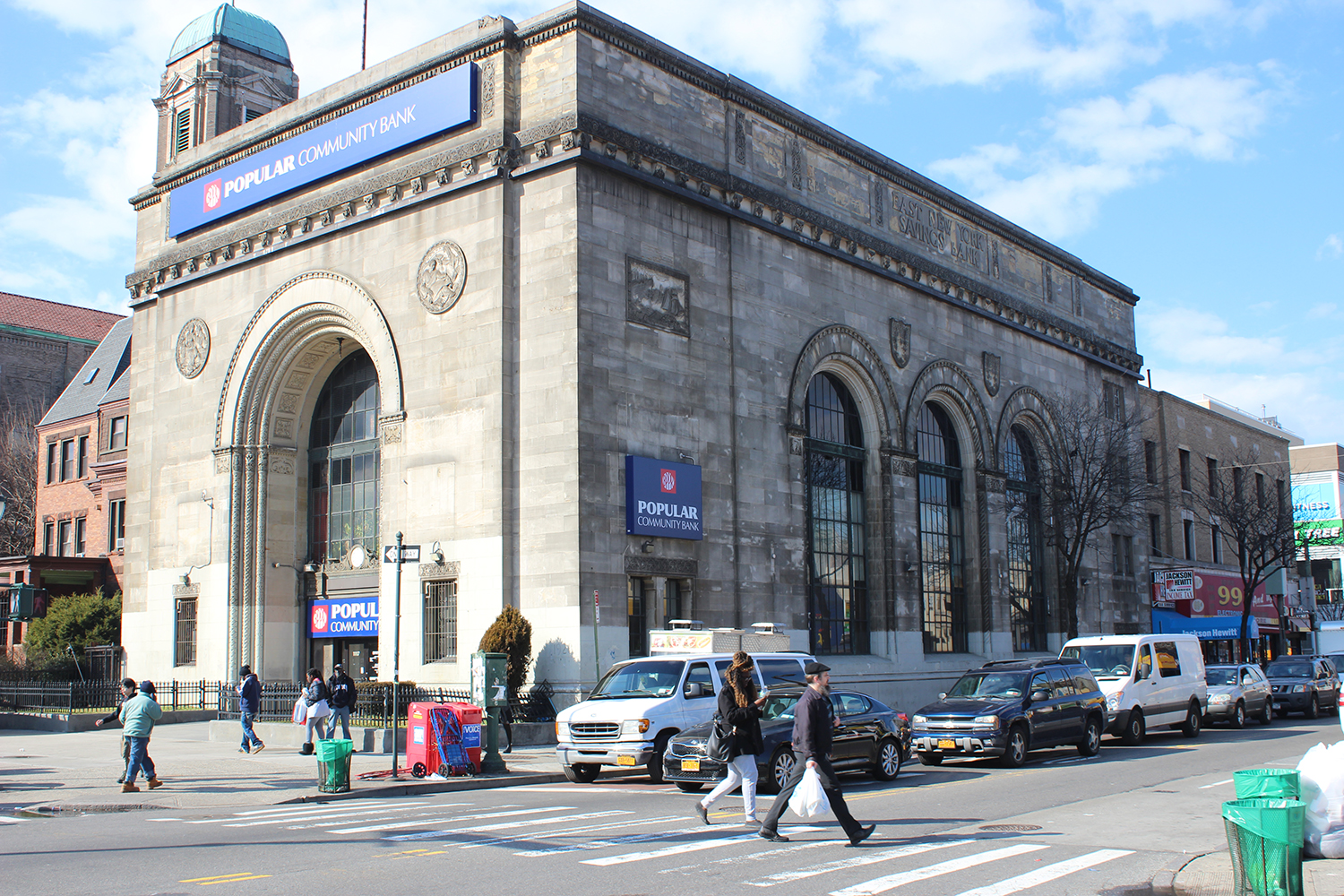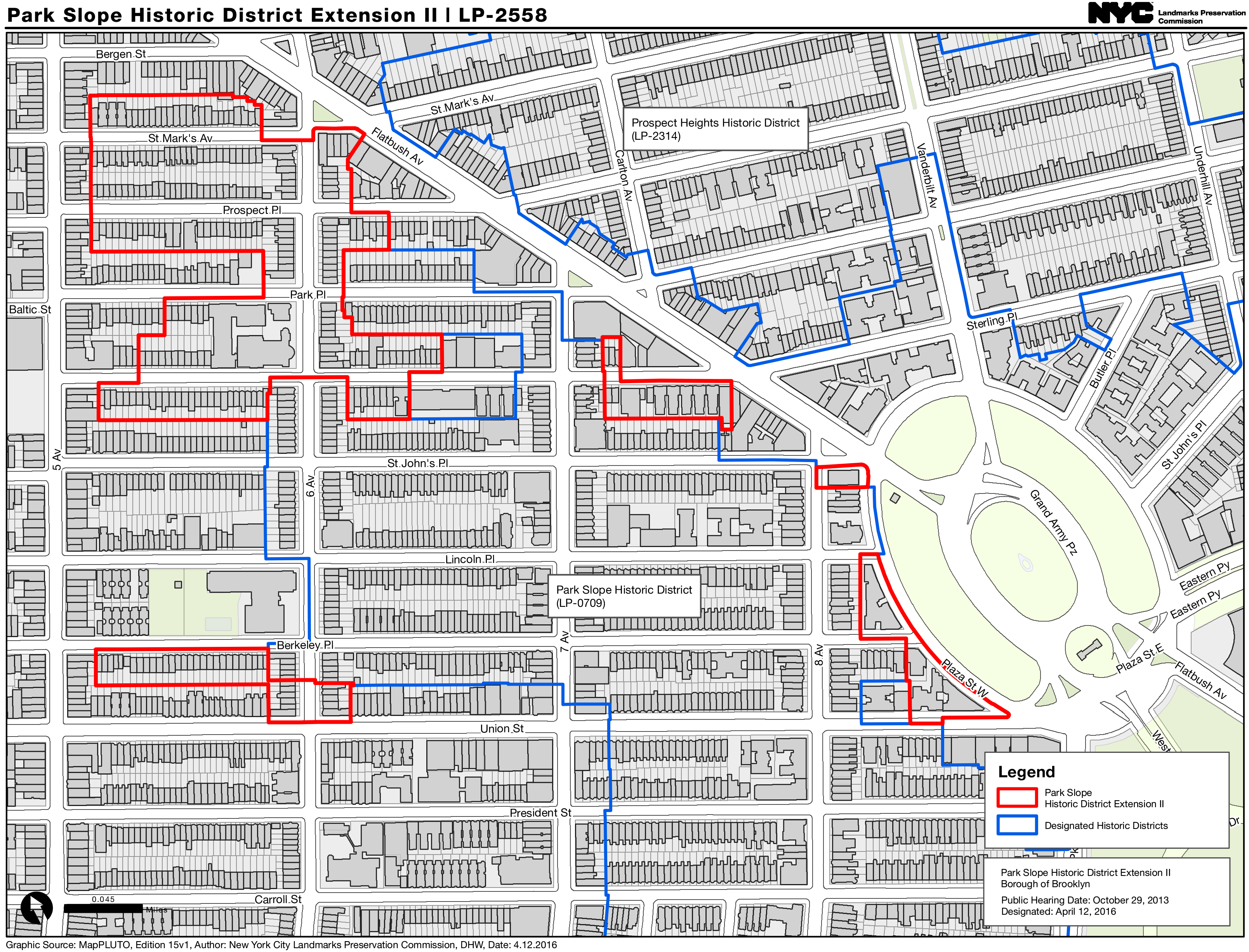The year 2015 marked the 50th anniversary of the law that created the New York City Landmarks Preservation Commission. It was full of celebration, and education. However, it is 2016 when the future of the commission is being decided.
On June 8, the City Council passed Intro. 775-A, a bill applying deadlines to the landmarks designation process. It gives the commission a period of one year from calendaring to vote for individual landmarks, interior landmarks, and scenic landmarks. If action is not taken on a calendared item by the one-year mark, the item will be removed from the calendar. There is an option for a one-year extension, but only with the consent of the property owner. For historic districts, the period of consideration is limited to two years.
Additionally, any item on the commission’s calendar at the time the law takes effect would have to be dealt with in 18 months, or be removed from the calendar. Again, there is the option for a one-year extension, but only with the consent of the property owner.
For preservationists, this presents at least three problems. First, there is the owner consent when it comes to extensions. If property owners had a say, so many sites would have not been designated. Owning a landmark is an expensive proposition, to be sure, as designation mandates upkeep.
Second, there is the simple imposition of deadlines on the designation process. With individual designations, the commission does sometimes work with the owner to try and secure assistance in funding the mandated upkeep. Historic district designations also involve often extensive negotiations to achieve the proper boundaries. Then there is the research. While the Turtle Bay Gardens Historic District on Manhattan’s East Side only contains 20 houses, other districts contain several hundred structures, all of which get at least some recognition in the designation report. All of that takes time.
The Historic Districts Council, which represents over 500 community organizations across the five boroughs, analyzed LPC activity since its inception in 1965. It found that 40 of the 138 historic districts were considered for over two years before designation.
“In many instances these designations required time for the Landmarks Commission to reach out to the widest possible community and perform the in-depth research necessary to properly regulate the area,” an HDC statement said. “In other cases, external schedules such as municipal elections and changes in city administration affected the agency’s ability to expeditiously consider designations. Landmark designation is a permanent change in legal status and there are many examples where allowing the agency extra time to complete its process (if necessary) makes sense in helping to ensure equitable and transparent decision-making.”
Third, this law is an unfunded mandate. All of the members of the LPC, except the chair, are unpaid volunteers, and they meet one day a week. This law expects the commissioners and the LPC staff to do more work in less time without actually allocating more resources.
LPC Chair Meenakshi Srinivasan admitted, at the initial public hearing on the bill last September, that the commission could find ways to be more efficient and move faster. However, she said they’d prefer to do that by more flexible internal rules and procedures. The 18-month part of the bill is targeted at the commission’s backlog and it is already making strides in dealing with its pre-2010 backlog (more on that later).
Opposing this bill doesn’t mean opposing new development. The commission already has broad discretion when it comes to allowing new development on designated properties. Just this week, the LPC approved two demolitions in the Ladies’ Mile Historic District, in each case for a building to be replaced with one over three times its size.
Where does the bill sit now? After its surprise vote in the full City Council, it has been sent to Mayor Bill de Blasio for signing. That hasn’t happened yet, and preservation groups are calling on the mayor to veto the bill.
“HDC feels strongly that any bill to revise the Landmarks Law must serve to strengthen it. This current proposal must be amended at the very least to allow the LPC to publicly vote for an extension period for additional consideration for individual landmarks and historic districts and to protect the public interest, this extension provision must not be subject to owner consent,” said the HDC. “Additionally, City Council should commit to drafting legislation to help protect those properties which are currently calendared and under consideration and pledge to ensure that the agency has enough resources to practically fulfill this new mandate. Anything less must be viewed for what it will be; a new roadblock to the efforts of communities trying to save their neighborhoods.”
The mayor could act on the bill by the end of the month.
Now, the year thus far hasn’t been all doom and gloom for preservation. In 2015, the commission embarked on a mission to clear its aforementioned backlog of 95 items on the calendar from before 2010. In February, 30 of those sites made the cut and were prioritized for designation. In April, the first eight of those sites were actually designated, including the iconic Pepsi-Cola Sign in Long Island City. The commission expects to act on the remaining items by the end of the year.
The eight backlog designations weren’t the first of the year. The first landmark designation of 2016 went to the East New York Savings Bank, Parkway Branch building at 1117 Eastern Parkway (a.k.a. 1123A Eastern Parkway) in Brooklyn. It was constructed between 1927 and 1928. That designation vote took place in March. You can now read the full designation report.
The city also got a new historic district. In April, the commission voted to designate the Park Slope Historic District Extension II, covering 292 buildings. That includes St. Augustine’s Roman Catholic Church and Rectory at 49 Sterling Place, which was one of the 30 prioritized backlog items. Since the historic district designation covers it, its individual designation was removed from the calendar. The church was built in 1888.
The commission has a lot of work ahead of it, and it has added to that. On the day the East New York Savings Bank was designated, the Empire State Dairy Co. Building and Complex (later the Borden Dairy Corp.) at 2840-2858 Atlantic Avenue (a.k.a. 181-185 Schenck Avenue) was added to the commission’s calendar.
In May, the commission also added seven more sites to its Greater East Midtown Initiative, bringing to 12 the total number of calendared sites in the area from 39th Street to 57th Street and from Fifth Avenue to Second Avenue. Among those sites is the former Citicorp Center at 601 Lexington Avenue.
There’s still nearly half a year left and a lot will be sure to happen. Stay tuned.
Subscribe to YIMBY’s daily e-mail
Follow YIMBYgram for real-time photo updates
Like YIMBY on Facebook
Follow YIMBY’s Twitter for the latest in YIMBYnews




The NYC School Construction Authority has reported to the community board that they will demolish the old 68th Police Precinct(4302 4th Avenue) which was landmarked some thirty years ago. They, and they alone, have a catch-22 that gives them the authority to do so in order to build an undersized school. A little vague and devious, I think.